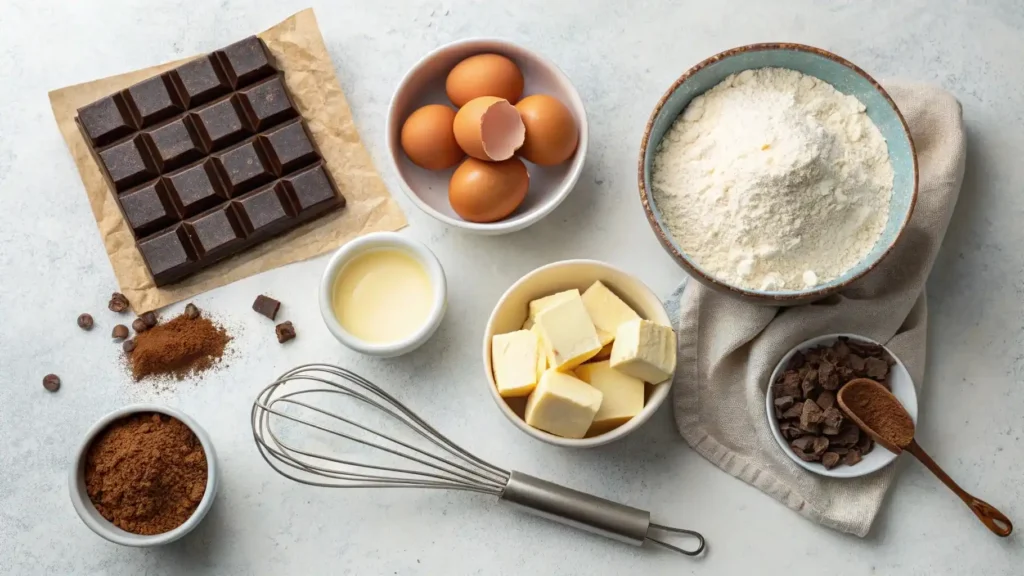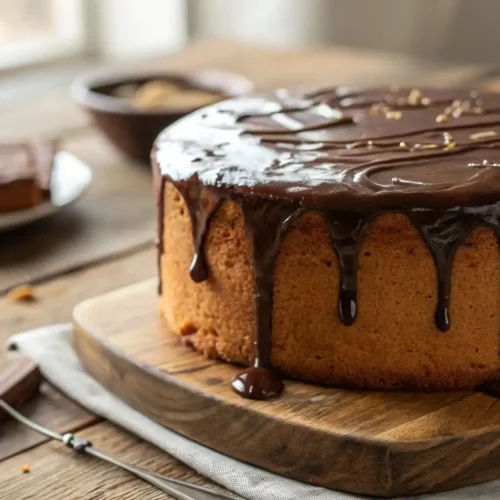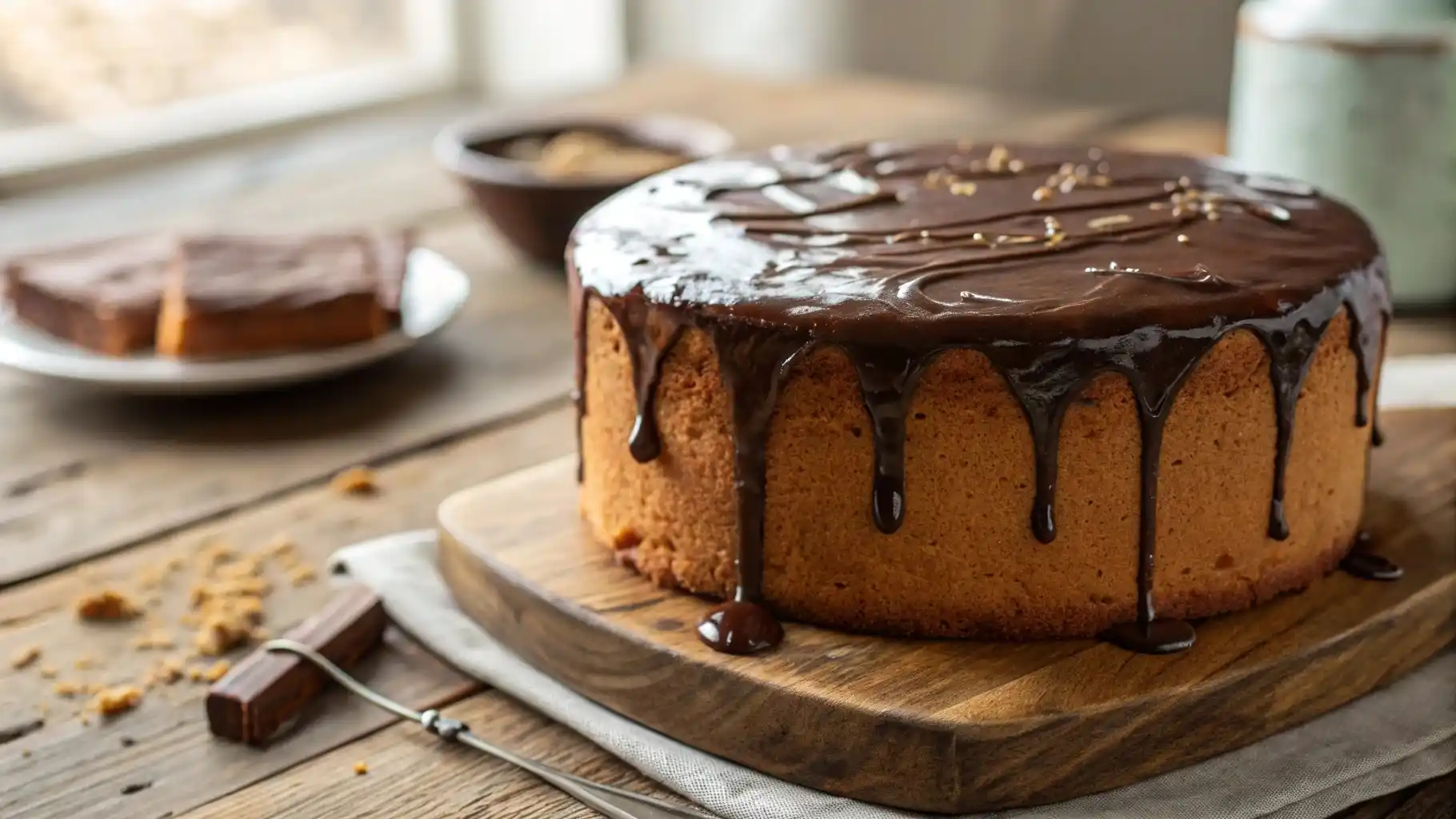All About Dense Cakes
Dense cakes stand out for their thick, heavy texture that cake lovers adore. Unlike light sponge cakes, these rich cakes pack more flavor and moisture in every bite. The best dense cake recipes use special ingredients to create that perfect heavy texture.
What Makes a Cake Dense?
The secret to dense cakes lies in using more butter, eggs, and less rising agents. Classic dense cake varieties include pound cake and flourless chocolate cake – each offering that signature heavy richness.
Why Choose Dense Cakes?
These heavy-textured cakes hold up better to frostings and fillings. Their firm structure makes them ideal for layered desserts or soaking up syrups.
History of Dense Cakes
Early dense cake recipes come from Europe where ingredients like butter were plentiful. The original pound cake recipe used equal weights of ingredients to create its dense texture.
Ingredients for Dense Cakes
Fats for Density
Butter is key for dense cakes, giving both flavor and that heavy texture. Oils help dense cakes stay moist longer.
Sugar’s Important Role
In dense cake baking, sugar does more than sweeten – it helps create moisture and density.
Flour Choices
While all-purpose flour works, some dense cake recipes use almond flour for extra heaviness.
Eggs Build Structure
Eggs are essential in dense cake recipes, with more yolks making cakes richer and heavier.
Dairy Adds Moisture
Sour cream or buttermilk in dense cake batter keeps it moist while adding slight tang.
Types of Dense Cakes
Classic Dense Chocolate Cake

This rich, dense cake uses melted chocolate and minimal leavening for maximum density.
Traditional Pound Cake
The ultimate dense cake, with its simple butter-sugar-egg-flour ratio creating perfect heaviness.
Gooey Butter Cake
A special dense cake with a soft cream cheese center contrasting with its firmer edges.
European-Style Dense Cakes
Often nut-based, these sophisticated dense cakes feature layers of jam or ganache.
Baking Perfect Dense Cakes

Mixing Methods for Density
The creaming method works best for most dense cake recipes to build structure.
Baking Temperature
Dense cakes bake best at 325°F – the lower heat prevents too much rising.
Testing Doneness
A dense cake is done when a tester shows moist crumbs, not completely clean.
Storing Dense Cakes
Wrap dense cakes tightly to maintain their moisture and heavy texture.
Enhancing Dense Cakes
- Nuts add texture to dense cakes
- Syrups boost moisture in dense cakes
- Cream cheese frosting complements dense cakes well
- Alcohol can flavor dense cakes beautifully
Fixing Dense Cake Issues
Dry dense cake? Brush with syrup or add more fat
Dense cake sinking? Check oven temperature
Dense cake too heavy? Adjust flour ratio

Rich Dense Cake
Equipment
- 1 9-inch Cake Pan Greased & Lined
- 1 Mixing bowl Large
- 1 Electric mixer Or Whisk
- 1 Spatula For Folding
- 1 Oven Preheated
Ingredients
- 1 cup Butter Unsalted Softened
- 1 cup Sugar Granulated
- 4 Large Eggs Room Temp
- 1 1/2 cups All-Purpose Flour Sifted
- 1/2 cup Cocoa Powder Unsweetened For chocolate version
- 1/2 cup Milk Whole or Buttermilk
- 1 tsp Baking Powder
- 1/4 tsp Salt
- 1 tsp Vanilla Extract Pure
Instructions
- Preheat Oven & Prepare Pan
- Preheat oven to 350°F (175°C).
- Grease and line a 9-inch cake pan.
- Cream Butter & Sugar
- In a large mixing bowl, beat butter and sugar until light and fluffy.
- Add Eggs & Vanilla
- Add eggs one at a time, beating well after each.
- Stir in vanilla extract.
- Mix Dry Ingredients
- In a separate bowl, whisk together flour, baking powder, salt, and cocoa powder (if using).
- Combine Wet & Dry
- Alternately mix in dry ingredients and milk, starting and ending with dry ingredients.
- Bake
- Pour batter into prepared pan.
- Bake for 40-45 minutes, or until a toothpick inserted comes out clean.
- Cool & Serve
- Let the cake rest for 10 minutes in the pan before transferring to a wire rack.
- Cool completely before slicing.
Notes
- Substitute buttermilk for extra richness.
- For a gluten-free version, use almond flour instead of all-purpose flour.
- Pairs perfectly with a dusting of powdered sugar or a chocolate ganache drizzle.
FAQs
Proper ingredient ratios and mixing methods.
Increase eggs and fats while decreasing leaveners.
conclusion
Mastering dense cakes lets you create wonderfully rich desserts. With these dense cake techniques, you’ll bake perfect heavy-textured treats every time.

